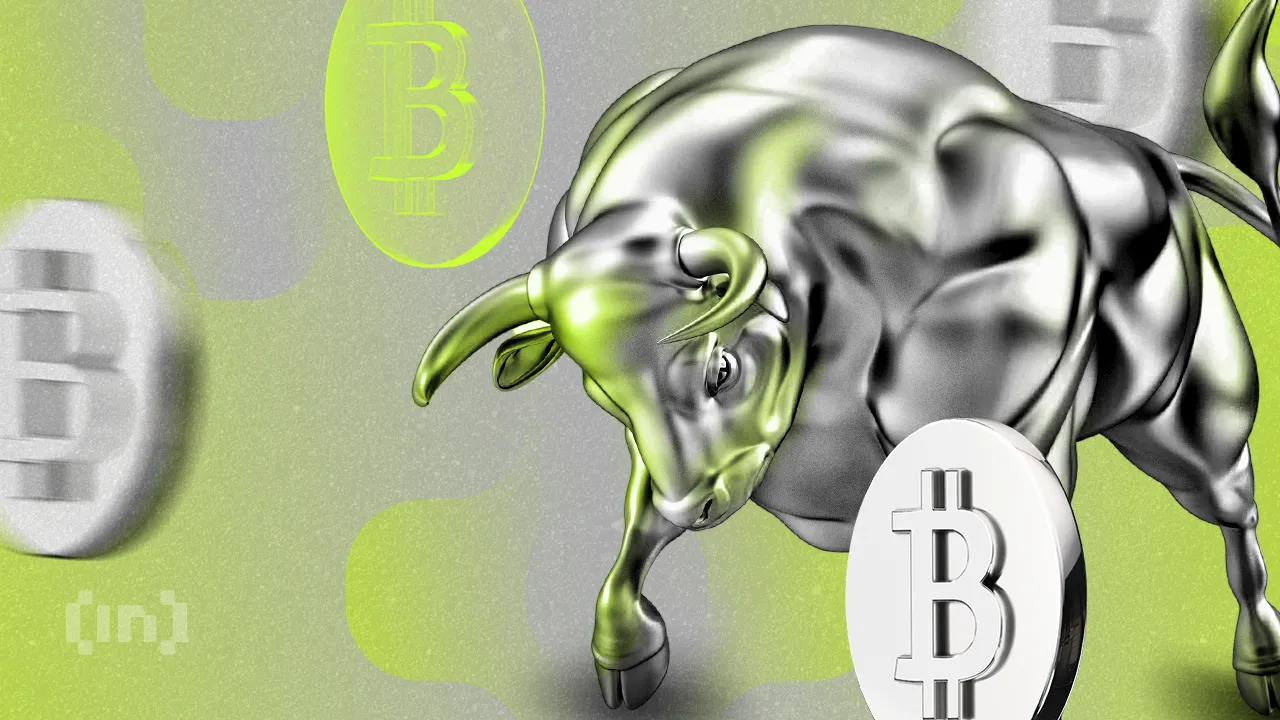
Tether, the issuer of the world’s leading stablecoin USDT, has boldly leased into Europe’s burgeoning digital asset market. The firm has recently invested in StablR, a rising stablecoin provider. This partnership shows Tether’s dedication to promoting regulated digital assets in Europe. It comes as the region prepares to implement the EU’s Markets in Crypto-Assets (MiCA) regulation later this month.
Tether’s Push Into Europe’s Digital Finance Infrastructure
Tether’s investment in StablR is pivotal for Europe’s crypto landscape. MiCA’s incoming comprehensive regulatory framework is set to reshape how stablecoins operate. The new law emphasizes transparency, compliance, and security.
Recognizing the opportunity, Tether is aligning itself with StablR. This provider has two stablecoins, the euro-pegged EURR and the dollar-pegged USDR. Notably, these assets are already fully MiCAR-compliant and backed by full reserves.
This investment follows Coinbase’s recent delisting of major stablecoins, including Tether’s USDT, from its platform. Many believe this move is part of Tether’s strategy to maintain a strong foothold in the European market.
StablR’s Rising Influence in the Stablecoin Ecosystem
StablR, a European pioneer in stablecoin technology, has rapidly gained traction. It focuses on improving liquidity management, reducing transaction costs, and ensuring strict compliance. These strengths have helped it stand out in the competitive stablecoin market.
The global stablecoin market recently surpassed $200 billion in market capitalization. Meanwhile, euro-pegged stablecoins alone have reached nearly $400 million. StablR’s innovative stablecoins could benefit from its significant momentum.
Also, its integration with Tether’s Hadron tokenization platform could further boost its potential. Hadron, launched by Tether, makes it easier to convert real-world assets like stocks and bonds into digital tokens.
Also, it ensures compliance with Know-Your-Customer (KYC) and Anti-Money-Laundering (AML) regulations. StablR’s partnership with Hadron will help expand its stablecoins to more blockchains. This includes Ethereum and Solana, which could improve user accessibility and liquidity.
Europe’s Regulatory Clarity Spurs Innovation
The impending enforcement of MiCA on December 30 promises to create fair rules for crypto businesses in Europe. Notably, StablR, including Circle’s USDC and EURC stablecoins, have complied early with MiCA regulations and are preparing for the upcoming changes.
In addition, StablR has also secured an Electronic Money Institution (EMI) license from the Malta Financial Services Authority. These steps position StablR to benefit from a clearer regulatory environment.
Tether’s investment in StablR signals a shift in the future of digital finance in Europe. Stablecoins are becoming a key part of the global financial system. Partnerships like this show the growing maturity of the sector.










